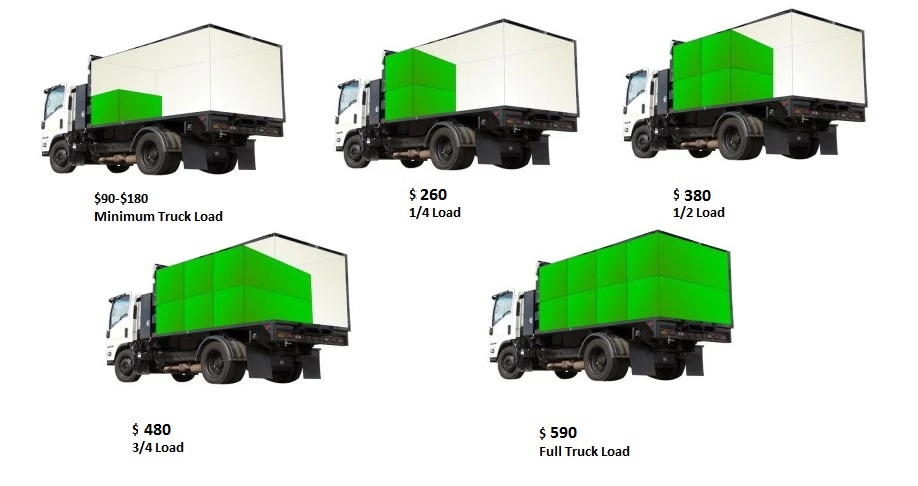When starting a job that requires a dumpster, the dimension you pick can significantly influence its performance and cost-effectiveness. Picture having the excellent container that accommodates all your waste without being exceedingly huge or too small. All of it begins with understanding the subtleties of your task and choosing a dumpster dimension that straightens with your details requirements. So, before you make a decision, take into consideration the variables at play to make sure a seamless waste management process throughout.
Factors to Think about
When deciding on the best dumpster size, there are numerous vital aspects to think about.
Initially, think of the sort of waste you'll be throwing away. Different products might require differing amounts of space, so recognizing what you'll be putting in the dumpster is vital.
Next off, assess the quantity of waste you expect to produce. If you underestimate the volume, you may need to make numerous trips to throw away whatever, which can be troublesome and costly. On the other hand, renting out a dumpster that's also large can lead to unnecessary expenses.
Furthermore, take into consideration the room where the dumpster will be placed. Make certain there's enough area for the dumpster to be supplied and grabbed without any blockages.
Finally, think about any kind of weight constraints that might apply. Going beyond the weight restriction can result in added charges or even the rejection of service.
Dumpster Size Choices
For selecting the appropriate dumpster dimension, it's important to have a mutual understanding of the offered alternatives. Dumpster dimensions commonly range from 10 to 40 cubic backyards, with variants in between.
A 10-yard dumpster appropriates for little tasks like a garage cleanout or a small renovation. If you're tackling a medium-sized job such as a kitchen remodel or a basement cleanout, a 20-yard dumpster could be the right selection.
For larger projects like a whole-house restoration or business building and construction, a 30 or 40-yard dumpster could be better to suit the quantity of waste produced.
When choosing a dumpster dimension, consider the amount and kind of particles you expect to take care of. It's far better to choose a slightly bigger size if you're uncertain to stop overfilling. Remember, it's even more cost-efficient to lease a dumpster that fits your needs instead of having to order an extra one.
Matching Dimension to Project
Ideally matching the dumpster dimension to your task is vital for efficient waste monitoring. To establish the best size, think about the range and nature of your job.
For tiny family cleanouts or renovations, a 10-yard dumpster may suffice. These are commonly 12 feet long and can hold around 4 pickup lots of waste.
For bigger jobs like remodeling numerous rooms or cleaning out a huge estate, a 20-yard dumpster may be more suitable. These are around 22 feet long and can hold approximately 8 pickup truck tons.
If you're tackling a significant building project or business restoration, a 30-yard dumpster could be the most effective fit. These dumpsters have to do with 22 feet long and can suit about 12 pickup truck tons of particles.
Matching the dumpster dimension to your job guarantees you have sufficient area for all waste materials without overpaying for extra capacity.
mouse click the up coming post , selecting the appropriate dumpster size for your project is critical for effective garbage disposal. By thinking about factors like the kind and amount of waste, room accessibility, weight restrictions, and budget restrictions, you can guarantee you have the appropriate size dumpster for your needs. See to Continue Reading to match the size of the dumpster to the scope and nature of your task to avoid overspending on unnecessary costs.
